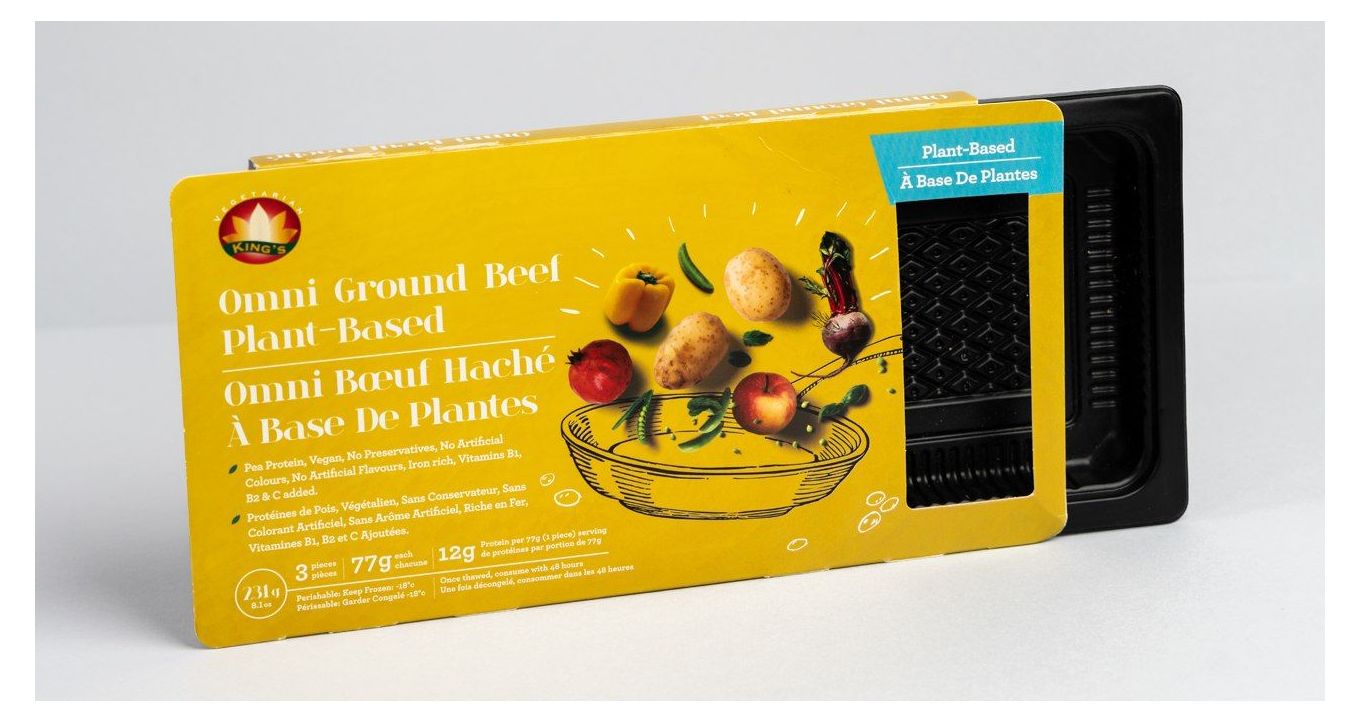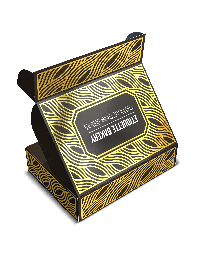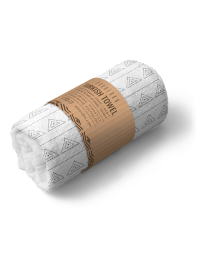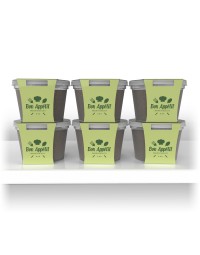Many different packaging solutions are available to you. Do you know different levels of packaging? Or types of packaging products?
We hear the word packaging so often. But do you ever stop and think about all of its possible meanings? Are we talking about retail ready packaging solutions? Or some other level of packaging? It can be confusing if you are not familiar with the terms. This is why we will help you understand the types of packaging products in this article. You will be able to confidently discuss the packaging solutions with your supplier and consult on the solutions that best fit your needs. We will list different packaging products used in our daily lives. Our goal is to illustrate how versatile the term is.
What Is Packaging And Its Major Purpose
Packaging is a material used to cover the product with a main purpose to protect the product inside. But to be a bit more descriptive, you can consider packaging to be clothing for the product. The main purpose is to protect the product, just as the main purpose of clothing is to protect the body. But in time, there were different other functions packaging has adopted, same as clothing. The main purpose remains, but it is not just about protection. Just like with clothing there are different trends packaging follows. Different designs of packaging help individuals identify with the group they belong to, or the company whose products they use. There are many types of packaging products on the market. Companies have to decide if their packaging will be more on the functional side and easy to use or they will be more stylish and aesthetically pleasing. Along with this, one of the main purposes of packaging is to help us transport the product in a safe and easy way.
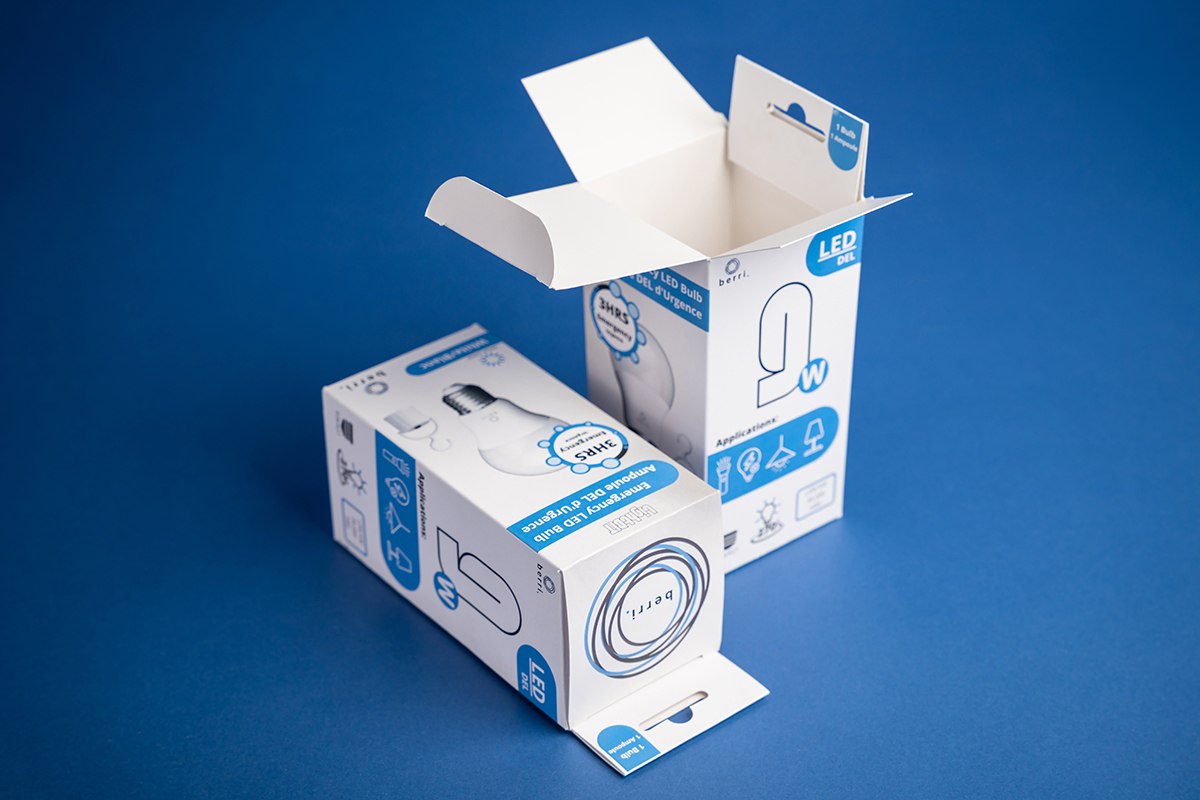
Different Levels of Packaging Solutions
Primary Packaging
Simply put, primary packaging is the packaging that comes in direct contact with your product. It is meant to protect and preserve the product inside. More often than not, this is also the packaging the end users come in contact with. Therefore, primary packaging solutions are most often made attractive and informative. Well-designed primary packaging is also known as shelf ready packaging. Sometimes the lines between primary and secondary packaging can be a bit blurry. Consider cereal packaging as an example. Cereals are usually put in a bag so they are preserved. So, the bag would be considered primary packaging. But the bag is generally put in a box and sold that way. So, for the consumer, the box is the primary packaging, not the bag. The same goes for perfumes or cosmetics. They could be put on shelves only in bottles or tubes. But they are usually not. For our purposes, we will define primary packaging as the packaging consumers will come in contact with on the shelves. It can be one bottle of perfume, a box of tea bags, or cereals. The important part is that it is the smallest unit sold separately. So at this level you will see paperboard retail boxes, tubes, jars, cans and other types of packaging products that come in contact with the product directly.
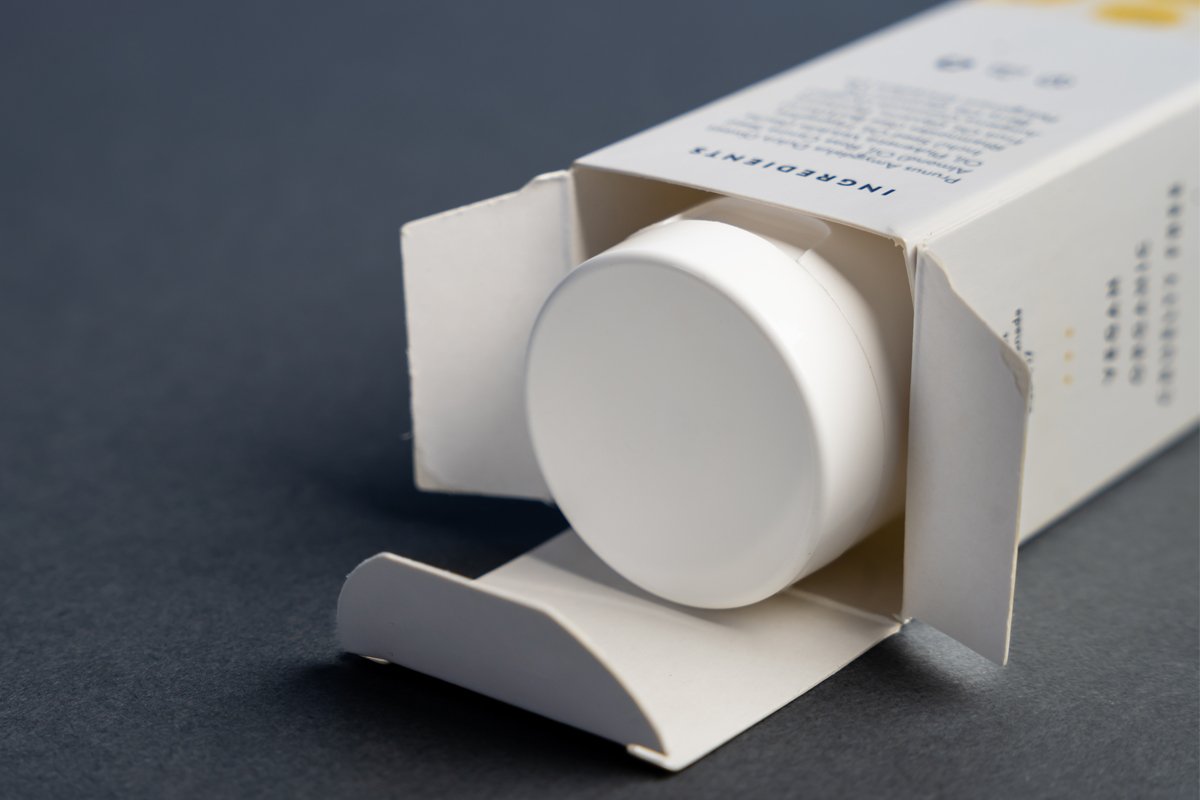
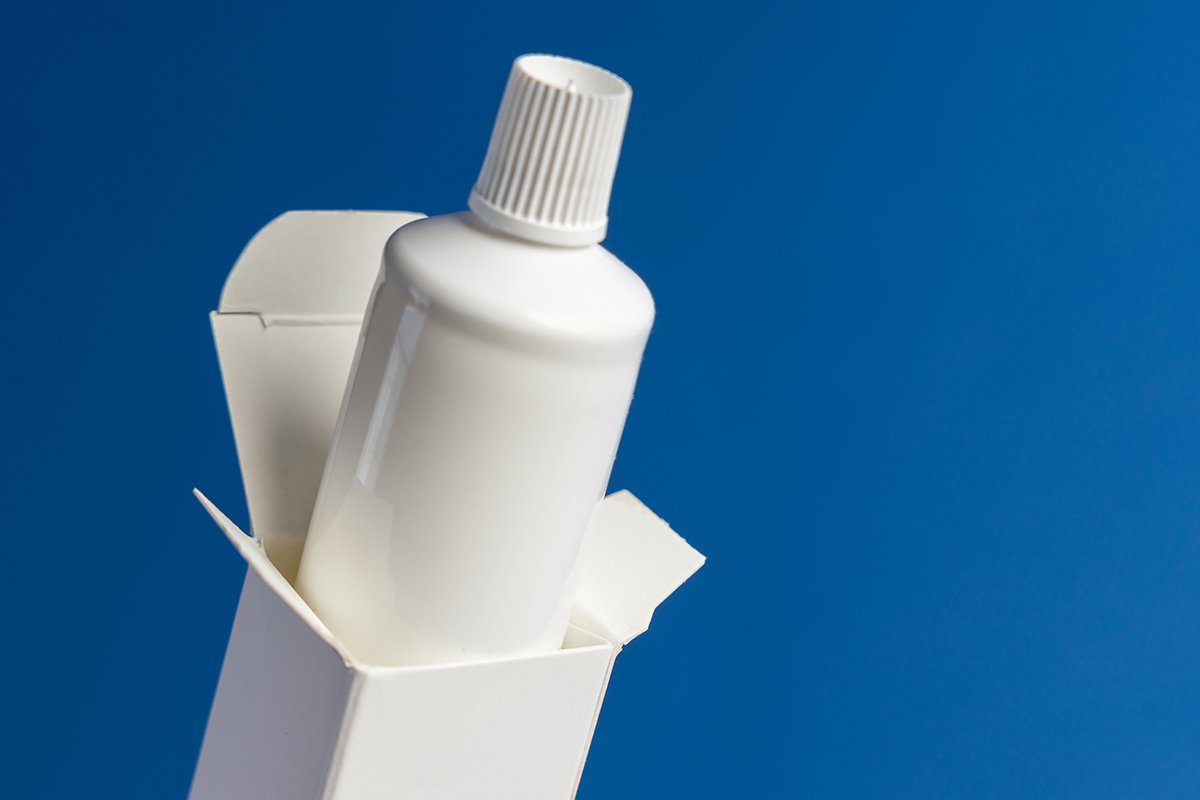
Secondary Packaging
Secondary packaging usually consists of multiple units of primary packaging. The purpose is to group individual products. It also protects the primary packaging during handling. This is the level of packaging usually seen in a retail store warehouse. It can be used as a shipping container for smaller shipments. Corrugated cardboard boxes also known as mailer boxes can serve this purpose. But, you can also see secondary packaging on the shelf. It can be a container for a large number of small items sold separately but hard to store individually, like presentation boxes.
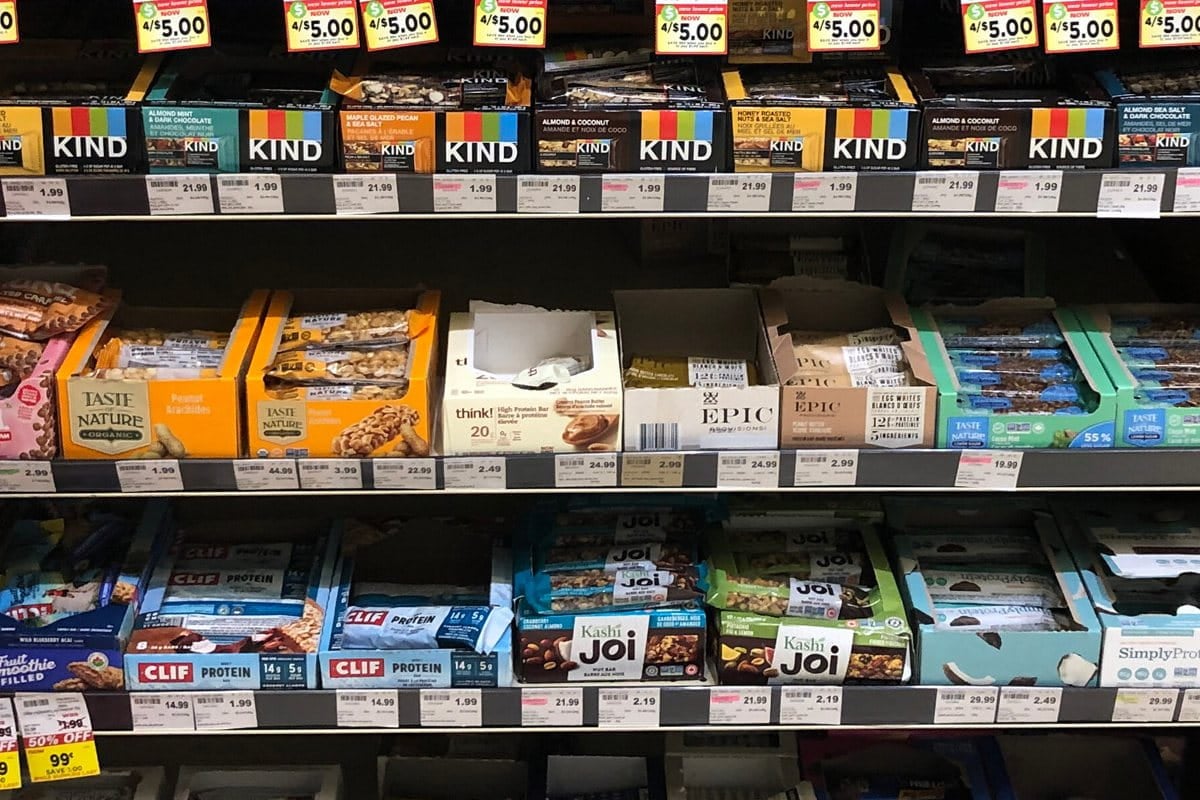
Tertiary Packaging
Tertiary packaging is often referred to as transit packaging. It is used for transporting large numbers of products from point A to point B (from a production facility to the point of sale). It helps prevent damage and makes handling easier. Stretch-wrapped pallets with a bundle of cardboard boxes is considered tertiary packaging.
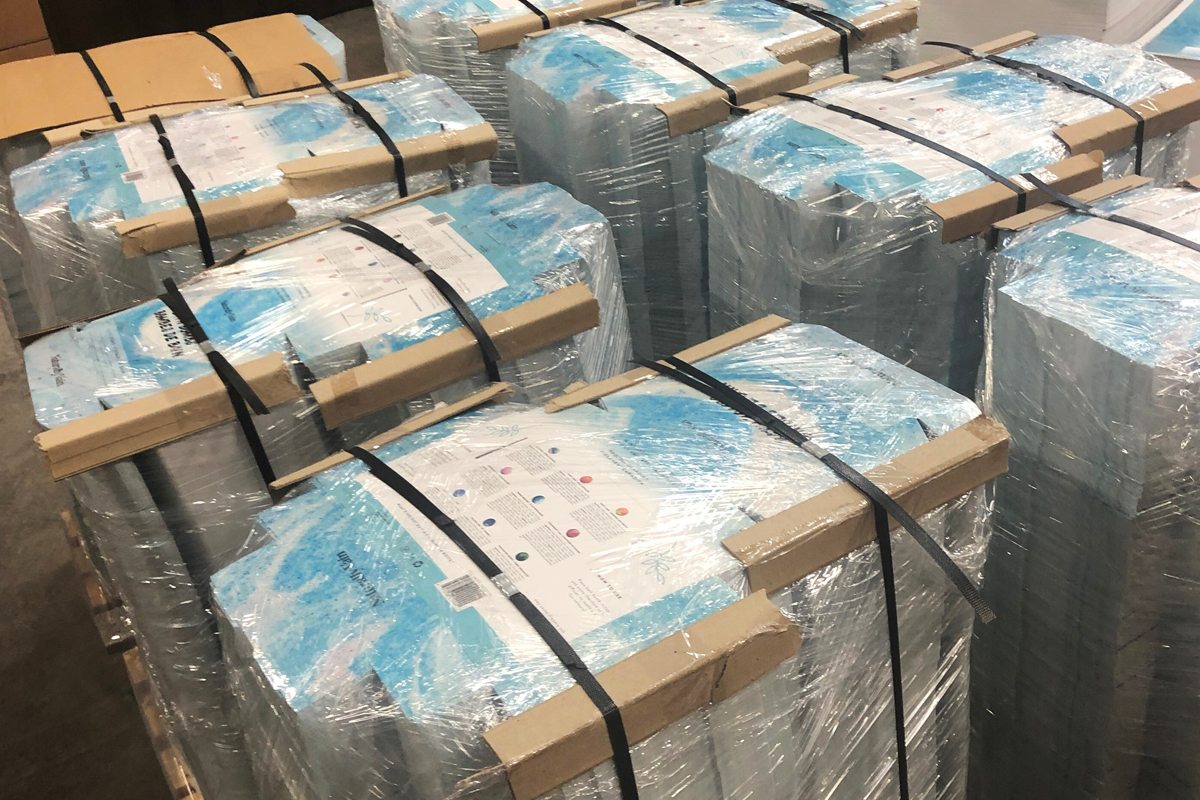
Auxiliary Packaging
Auxiliary packaging plays a crucial role in ensuring the safety and integrity of goods during the logistics process. It helps reduce the risk of damage, breakage, or loss and facilitates efficient handling and transportation of products. It includes void fillers, cushioning materials, shrink wrap, and stretch wrap. Labels with relevant information, such as handling instructions, barcodes, and tracking numbers essential for identification, tracking, and efficient handling, are also considered auxiliary packaging.
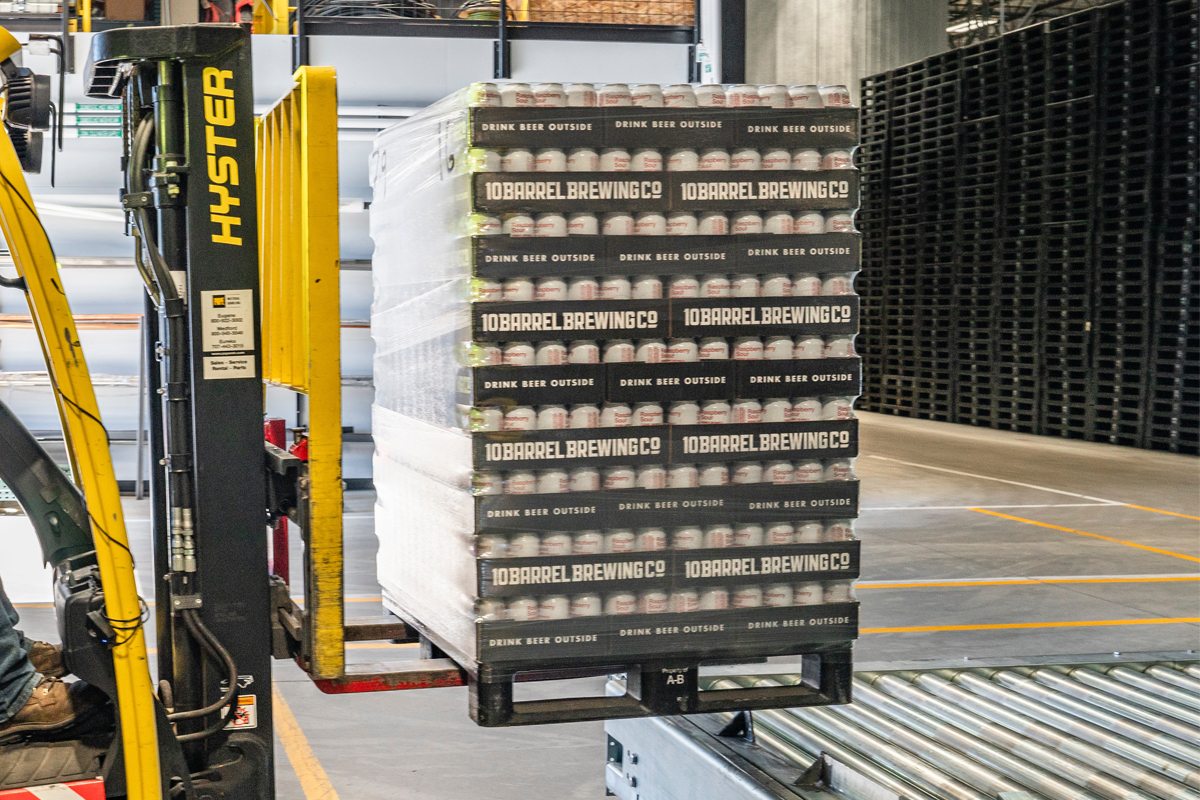
As we already mentioned, these packaging levels depend on the product. Primary packaging for one product can be secondary for another. Even pallets can be primary packaging if you sell or buy large equipment.
Functions of Packaging Solutions
As we already mentioned there are many different functions of packaging, but the main ones every packaging should fulfill:
1) Protect the Product
Every packaging should protect the product. Maybe it seems obvious, but sometimes companies get so caught up in the cost and aesthetics of the packaging solutions that they forget this basic function. But if your product is not protected, nothing else really matters. Imagine you are selling a very delicate vase, and you choose the most beautiful packaging box. But when your customer comes home from the store, the vase is broken. The beauty of the packaging is not what that customer will remember.
2) Transport and Storage
The impact of packaging on transportation efficiency and speed is significant. The primary function commonly associated with packaging is facilitating the physical handling and transportation of products from one location to another. Packaging should be designed to enable easy and efficient lifting, holding, movement, and storage of the products. Anything in the storage room should be easy to move without the content spilling all over the place. Nothing is more frustrating than the box that does not serve this purpose well.
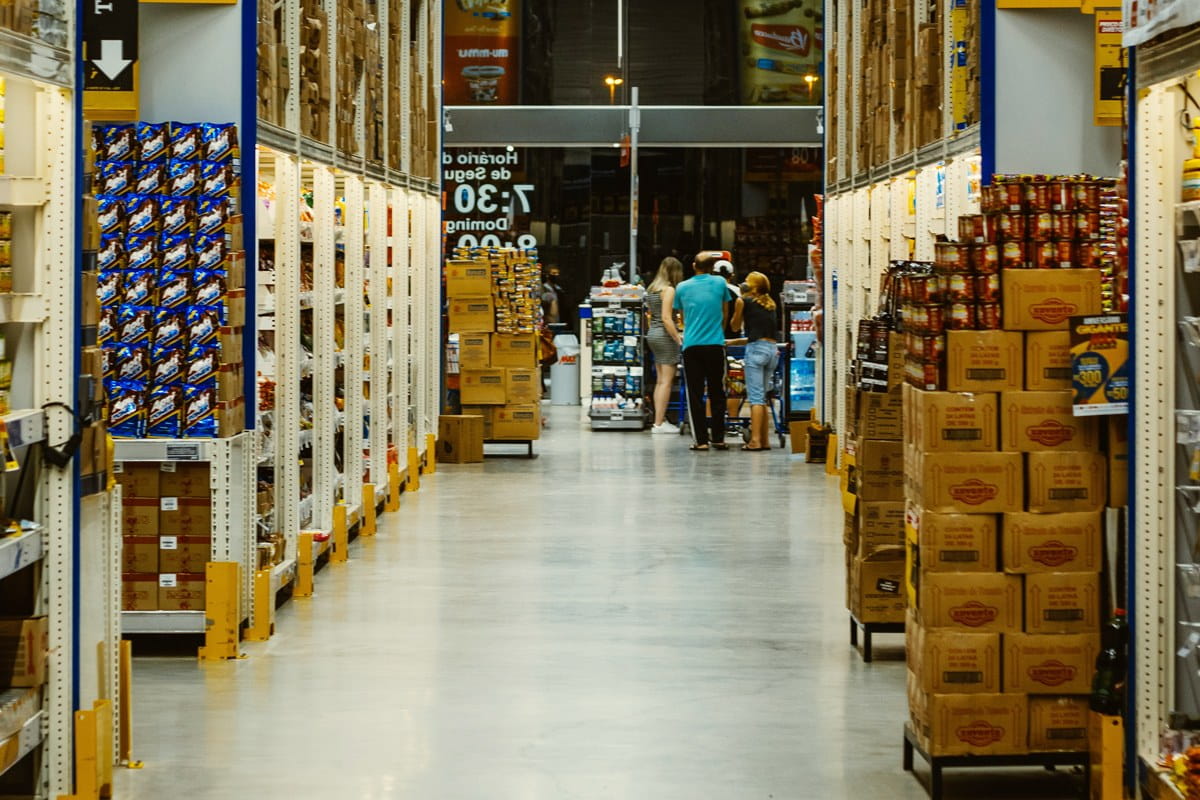
3) It Should Be Easy to Use
Customers prefer packaging that is easy to figure out. Although the product should stay safe inside the packaging, they do not want to spend a lot of time getting to it once they want to use it. We've all seen that kind of packaging. And it really does bring down the value of the product. Make sure intended users can get to the product with ease. If the product is meant for older people or children, they should not need help getting it out of your chosen packaging solution. Any box in the storage room should also allow quick access to the product inside. You don’t want store employees to spend too much time getting the product on the shelves.
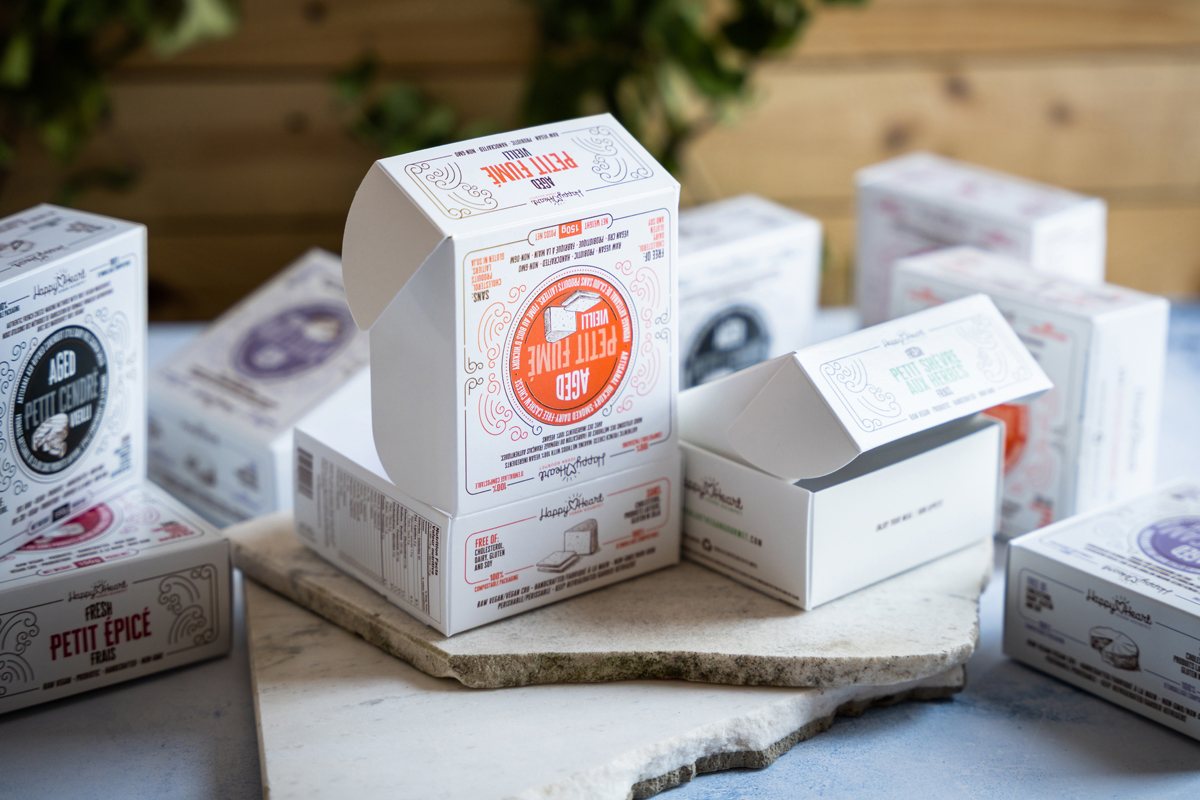
4) Ensure Usability
It is not only necessary that the product is physically protected. Packaging solutions should preserve the product's characteristics unchanged for the duration of intended use. You do not want the tea leaves to get soggy or the coffee to lose flavor. Nobody would buy a perfume that changes the scent over time. Also, you want the primary packaging to stay protected and easy to access.
5) Help Identify and Promote the Product
Having aesthetically pleasing packaging will attract attention. You want your customers to notice your product on the shelf. It should also be informative, so your customers can make an informed decision. Branding will help separate your products from others and create a bond between the company and the customers. Although many consider this function only important when products are on the store shelves, it should be considered for all levels of packaging. Nobody wants to have unidentifiable boxes of products in their storage.
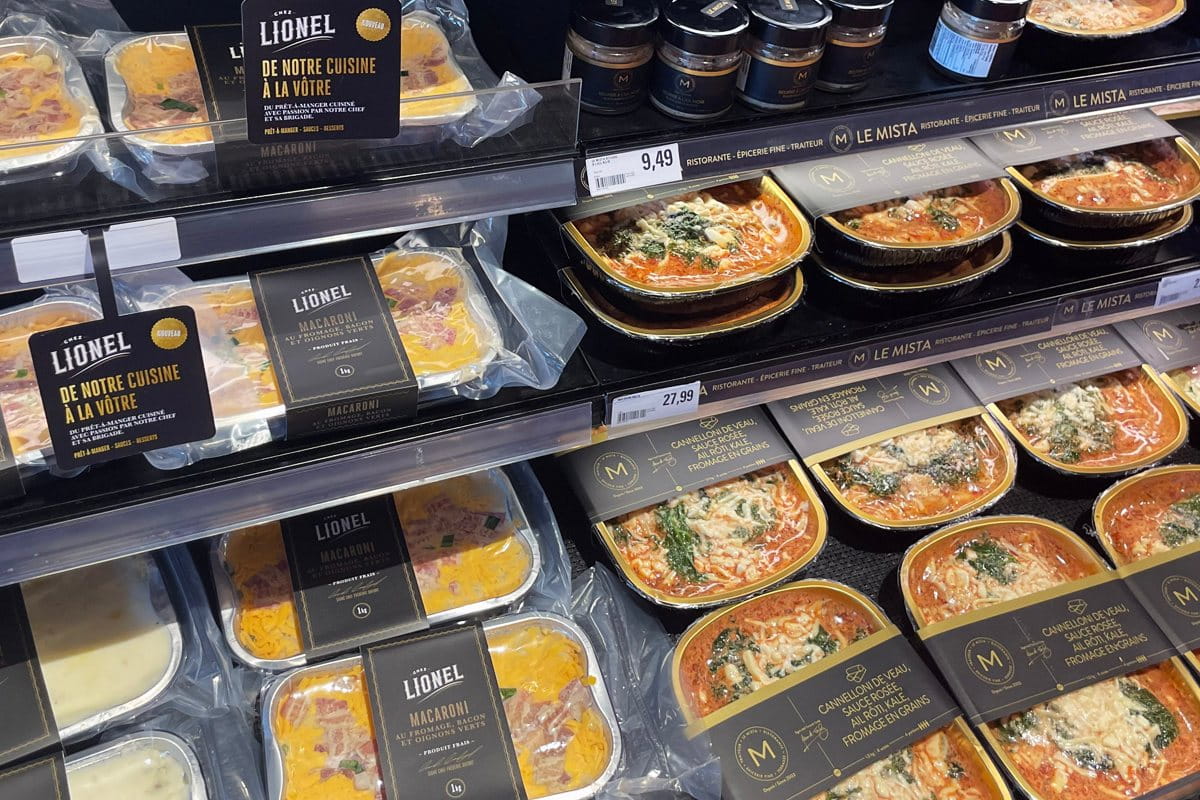
Types of Packaging Products
There are many types of packaging products up for sale. There is no one single correct answer to which one is the best. It depends on the product, intended customers, company, market, and where and how it will be sold. You do not want to have eco-friendly packaging that does not offer enough protection. Or a beautiful one your customers can't open. So, when considering packaging solutions, always put the product first, as it needs to be protected and preserved. Maybe putting your customers second sounds unusual, but they can only enjoy the product if it is safely stored.
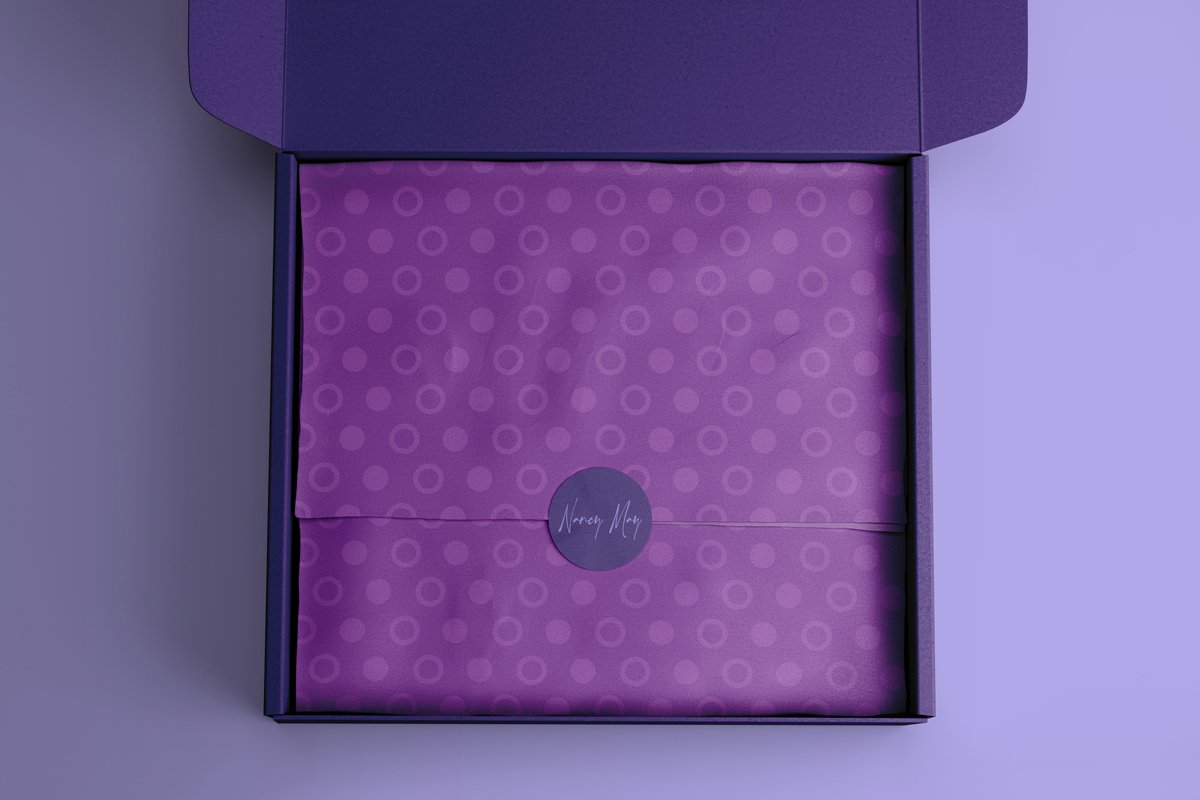
Here is a list of the most widely used types of packaging products for you to consider.
1) Single-Product Packaging
Shelf-ready Packaging Boxes
Paperboard boxes are probably the most common choice for retail packaging. And there's a reason for that. They are eco-friendly, versatile, nice-looking, and practical. They are also easy to store and usually easy to stack, which is important for retail employees.
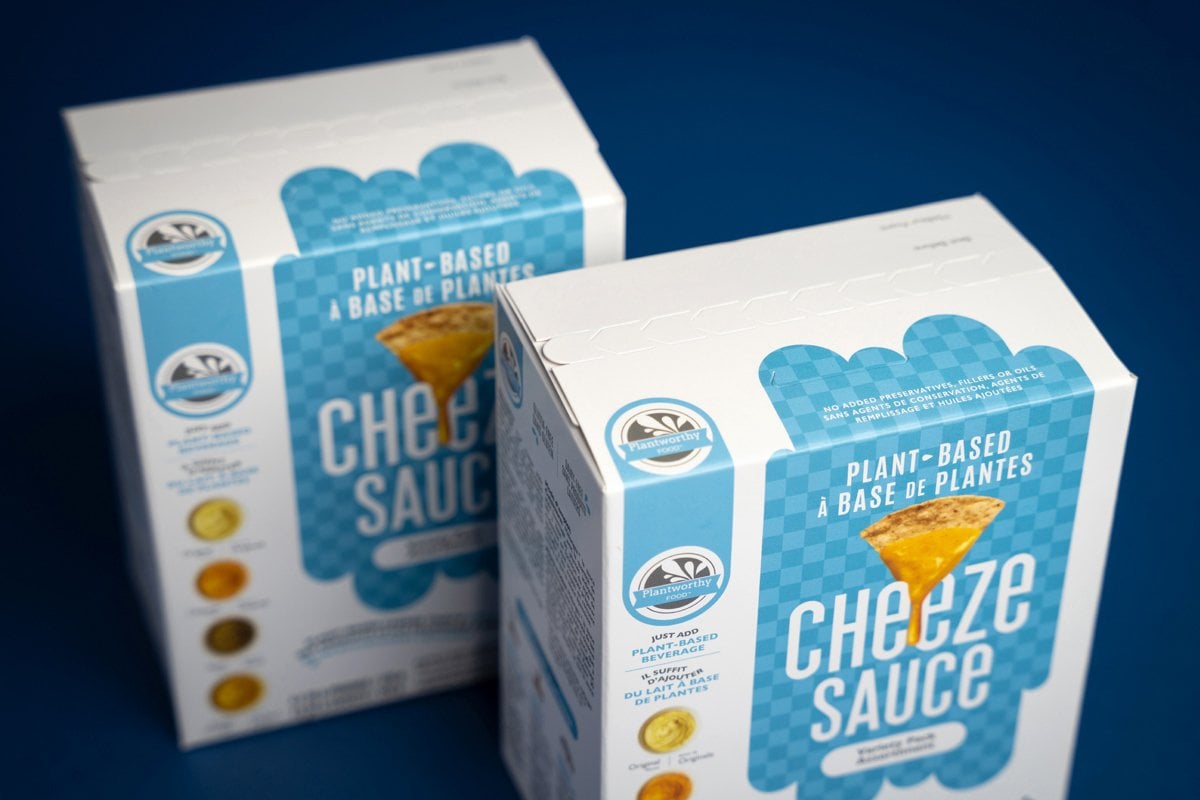
Packaging Sleeves and Bands
These are excellent solutions for products that need packaging to contain them and keep them in a certain shape, but you want the product to be visible. The sleeve can have important information, and you can still feel and see the product. This is often used for towels and scarves.
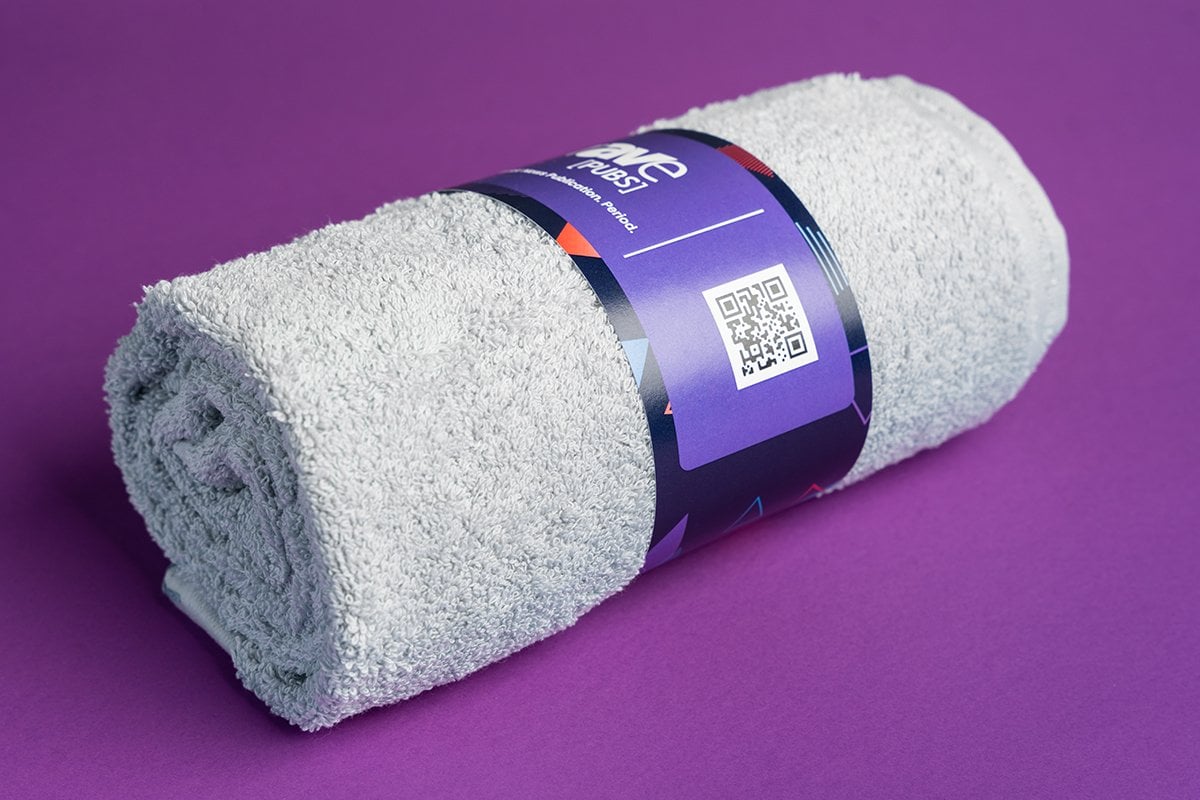
Candy Wrappers
These are self-explanatory. Foil wrappers are mostly seen on chocolate bars or energy bars. This is the same packaging material you will often see on wet wipes, but there are so many candy bars available that they are the first thing that comes to mind.
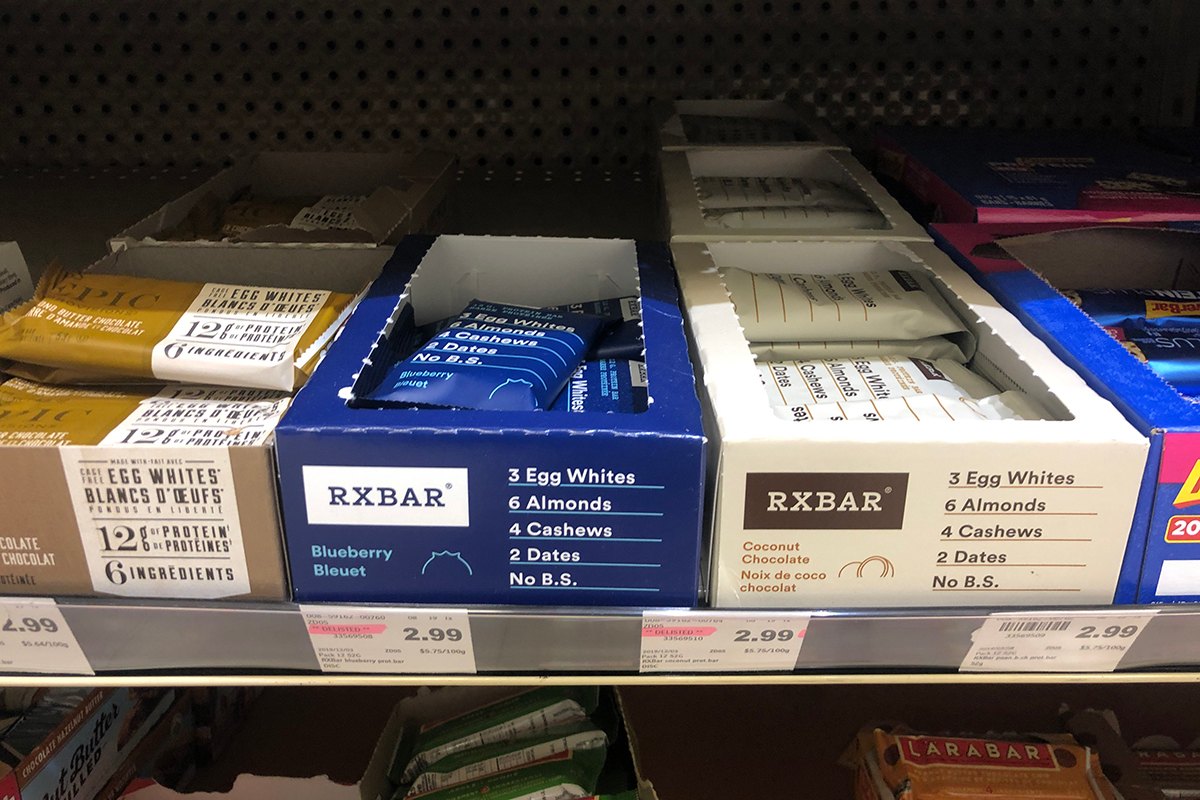
2) Liquid Product Packaging
Bottles: Glass or Plastic Bottles
Glass bottles are mainly used for milk, juices, sodas, and alcoholic drinks. They are very presentable. The bottle can have different shapes, and with a nicely designed label or tag , it can look appealing on the shelf.
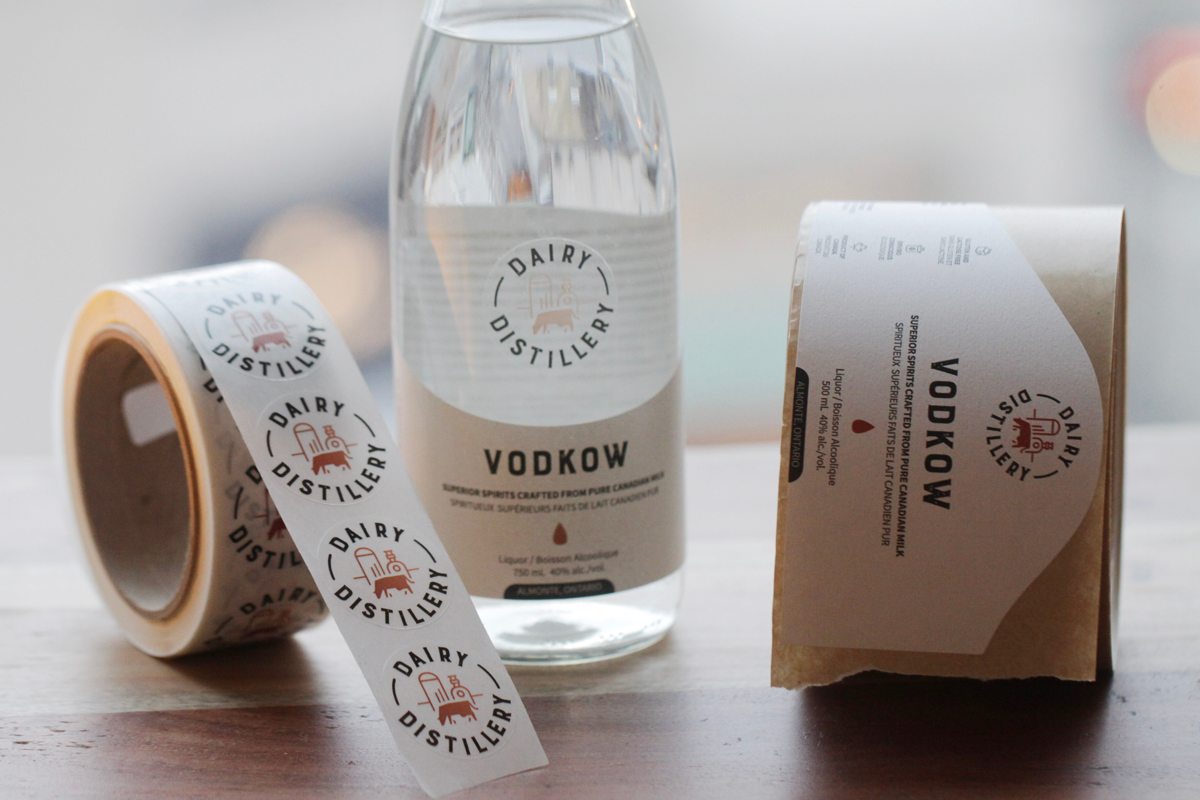
PET is the most widely recycled plastic in the world. It is the most commonly used material for packaging liquids like water and juices. It is lightweight, chemically inert, transparent, and durable.
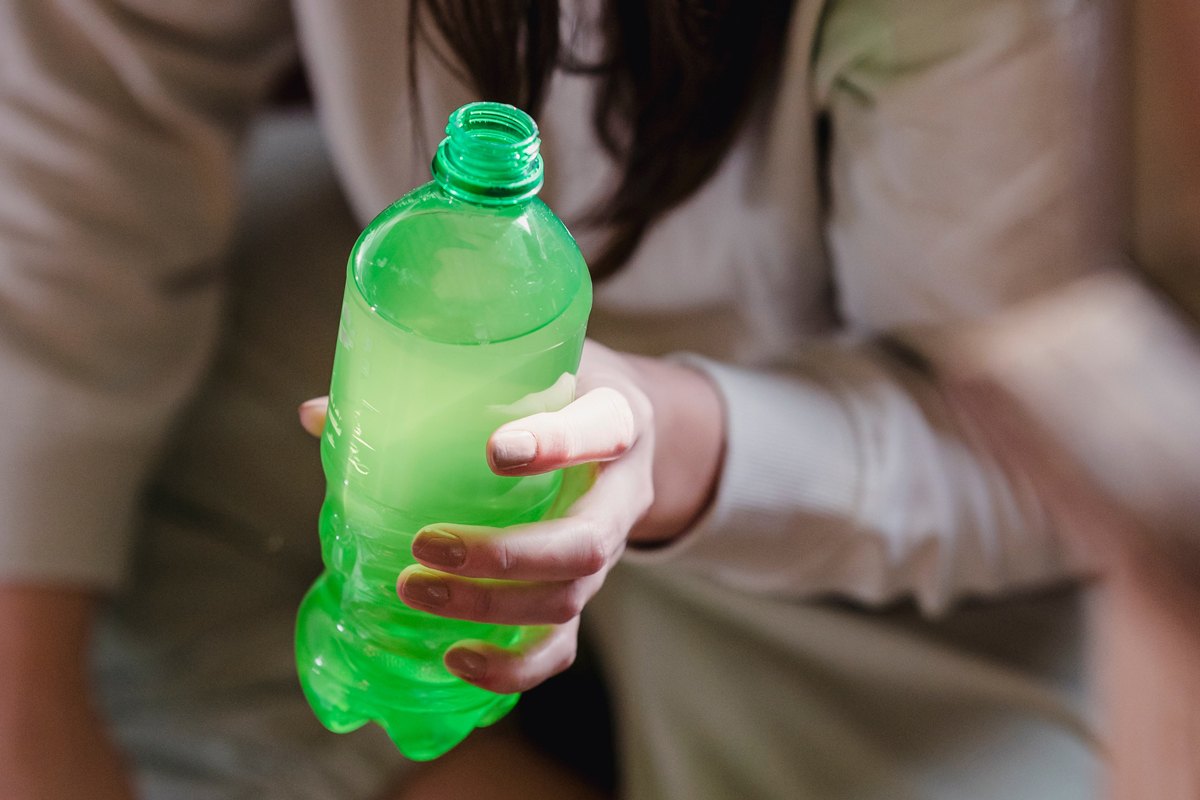
Cans: Aluminum or Steel Cans
Aluminum cans are mostly used for drinks, they do not rust or corrode. Although aluminum is more expensive than steel, manufacturers still prefer it to steel cans (75% of drink cans are made from aluminum worldwide). Steel cans (also known as 'tin cans') are made from tin-coated steel.
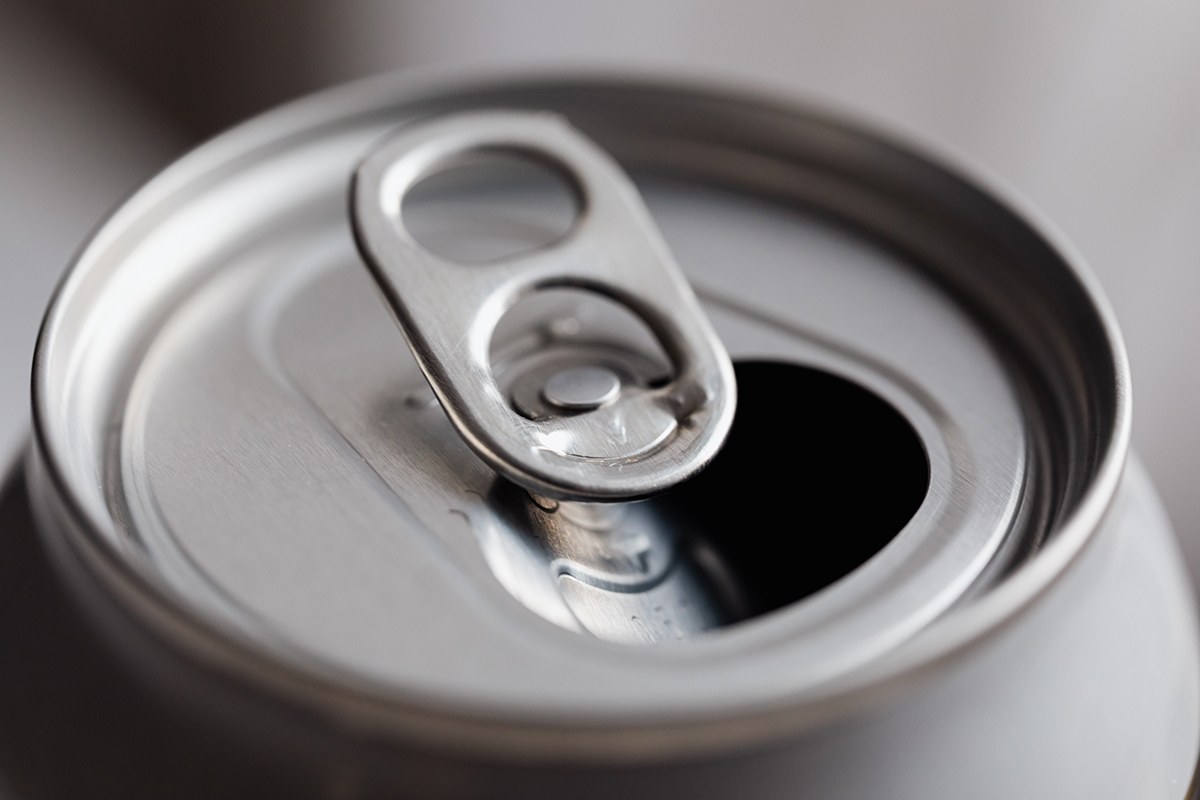
Tetra Pack
What is popularly known as a juice box is a combination of several layers of polyethylene, paper, and aluminum foil.
3) Food Product Packaging
Flexible Packaging: Pouches, Sachets, and Bags
Resealable pouches are most often used to pack snacks, nuts, or powdered food.
Sachets are used for small amounts of food. They are very popular in take-out restaurants, as they can hold the amount of sauces one person might need.
Plastic bags, wraps and aluminum foil can be found in every household and are used to keep food fresh for shorter periods.
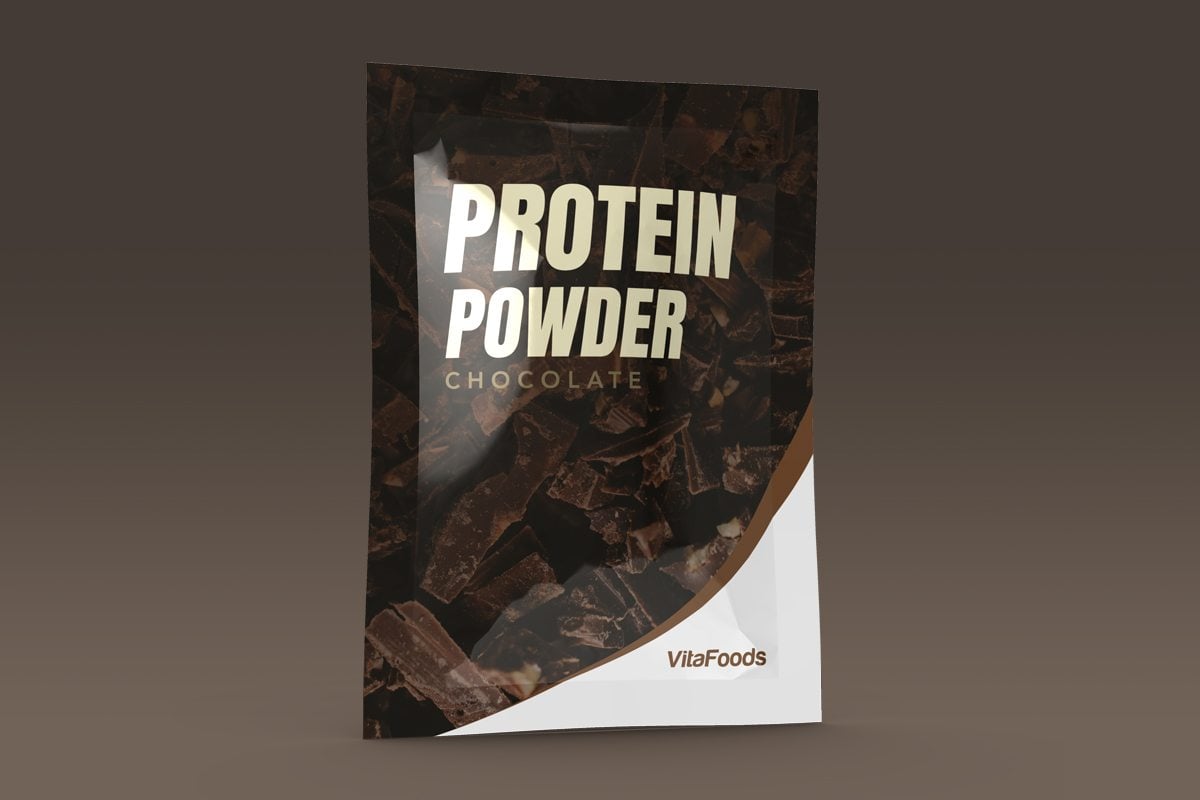
Canned Packaging: Metal Cans or Jars
Same as glass jars, they will keep the product inside dry and fresh.
Metal containers are mainly composed of aluminum or tin-plated steel, which is commonly used for packaging food and beverages. They are used for the delivery or storage of products. Food products such as soups and seasonings are often packed in these containers.
They can also have lids like the cans you see loose leaves tea in. They are usually lightweight and thin, and a practical solution when you frequently open and close the container. Other popular usages are for candles and cosmetic products.
Bottles and Jars: Glass or Plastic bottles, Jars or Other containers
Glass jars and other containers are a very popular packaging option. Paired with a well-designed label, hang tag, or a designed lid, they can look very attractive on the shelf. They can be saved and used over and over again. The product inside will stay dry and fresh. They are very sturdy.
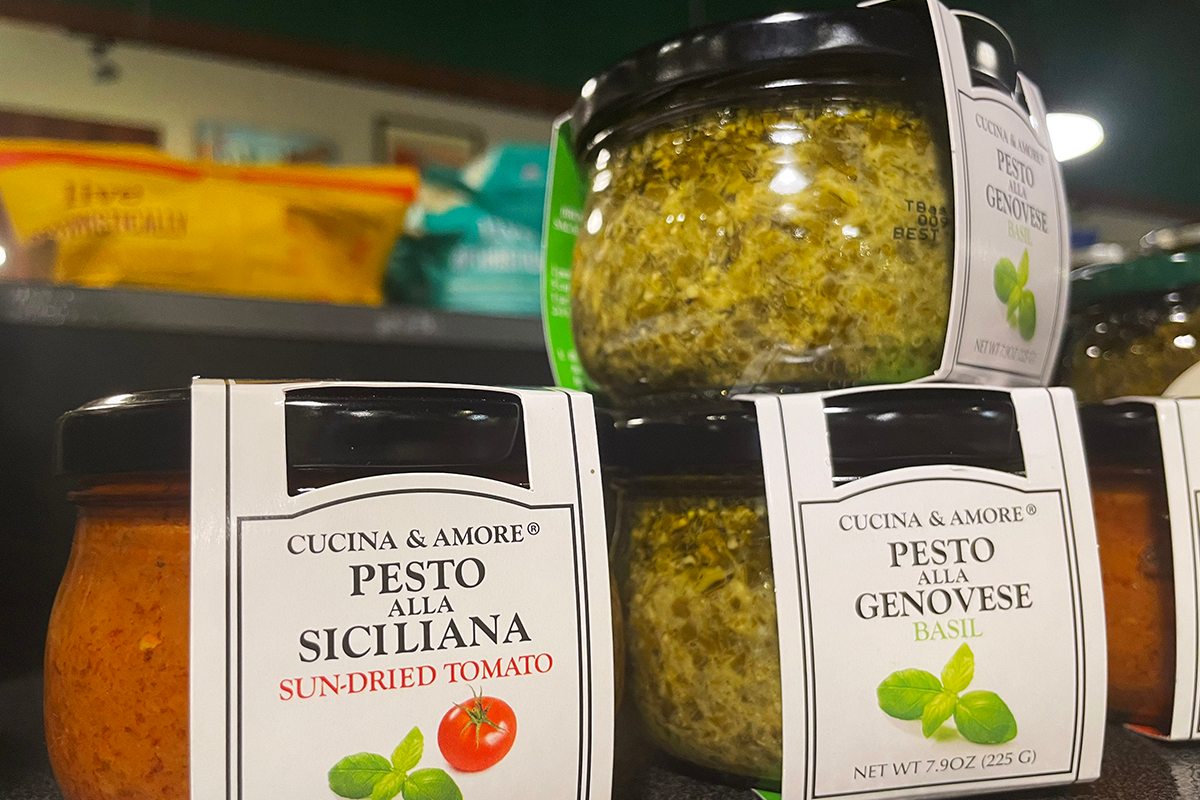
Disposable plastic containers are often used for take-out or small fruits sold in stores. There are many types of these containers on the market. With the development in technology many of them are now considered sustainable packaging solutions. Tupperware is most often seen in homes for storing leftover food. They are reusable, and families keep them for many years.
Vacuum Packaging: Sealed Bags or Pouches
Fruits, vegetables, perishables like cheese, crackers, and cereal can all benefit from vacuum sealing. Once sealed, these items can be conveniently stored in either the freezer or refrigerator, awaiting future consumption.
4) Health and Beauty Product Packaging
Pump Bottles
Airless pump bottles offer numerous advantages, ensuring that the product within the container is dispensed entirely. There is no need for repeated bottle openings, preventing any degradation of the product. They extend shelf life for the product, ensuring it remains fresh and effective for a longer duration. Additionally, these bottles minimize waste. They are a practical solution for products that need a specific dosage or are used in small amounts.
Dropper Bottles: Facial oils, Essential oils, and Other Liquid Products
Dropper bottles serve as primary packaging containers equipped with specialized lids that incorporate built-in dropper devices. These bottles are specifically designed to facilitate precise administration of liquid drops, commonly used for medicines, consumables like flavor drops, fragrances, and essential oils. The dropper mechanism is seamlessly integrated into the bottle's lid, featuring a dropper insert or a squeezable pipette.
Stick Packaging: Lip Balms, Solid Perfumes, and Deodorants
Ideal for packaging body balms, deodorants, solid sunscreens, cosmetics, and various other products, these plastic containers are designed for bottom-fill applications. They provide a convenient solution for packaging your desired formulations. With a user-friendly design, you simply twist the dial located at the bottom of the container to smoothly advance the formula upwards for effortless usage.
Airless Containers
Airless pump bottles incorporate an internal diaphragm that contains a piston mechanism. Before filling, a small plastic disc is positioned at the bottom of the bottle. When the user depresses the pump, the disc moves upward, effectively pushing the product through the dispensing nozzle. This innovative design ensures a seamless flow of the product without the formation of air gaps, thereby maintaining optimal functionality.
5) Packaging Solutions for Multiple Products
Display Boxes
Display boxes are perfect for products that are small or hard to store on the shelves. They offer a presentable and tidy solution for small items sold separately but small or oddly shaped, like candy bars, soaps, bath bombs, single coffee bags, and hair bands.
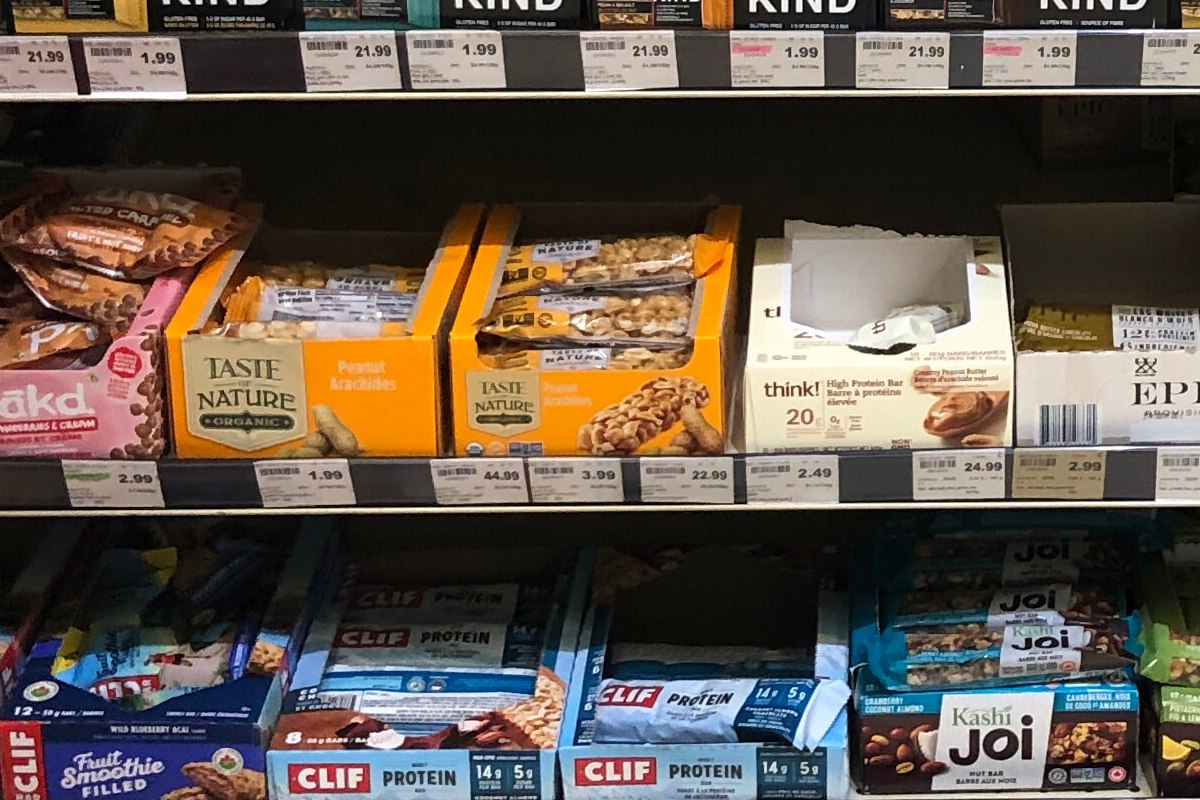
Shrink Foil
Shrink foil is widely used to keep product packages together. It makes them easy to move around.
Plastic Rings
It is mainly seen on beer cans but can be used for bottled or canned products. Often used to group single items together for promotional sales.
6) Decorative Packaging
Wrapping Paper
makes gifts more presentable and unpacking more fun. Wrapping paper can have seasonal designs, be themed by occasion, or have an eye-catching design suited for any event.
Bows and Ribbons
can be used as an additional touch of luxury, or you can decide to keep things simple and make them the only packaging.
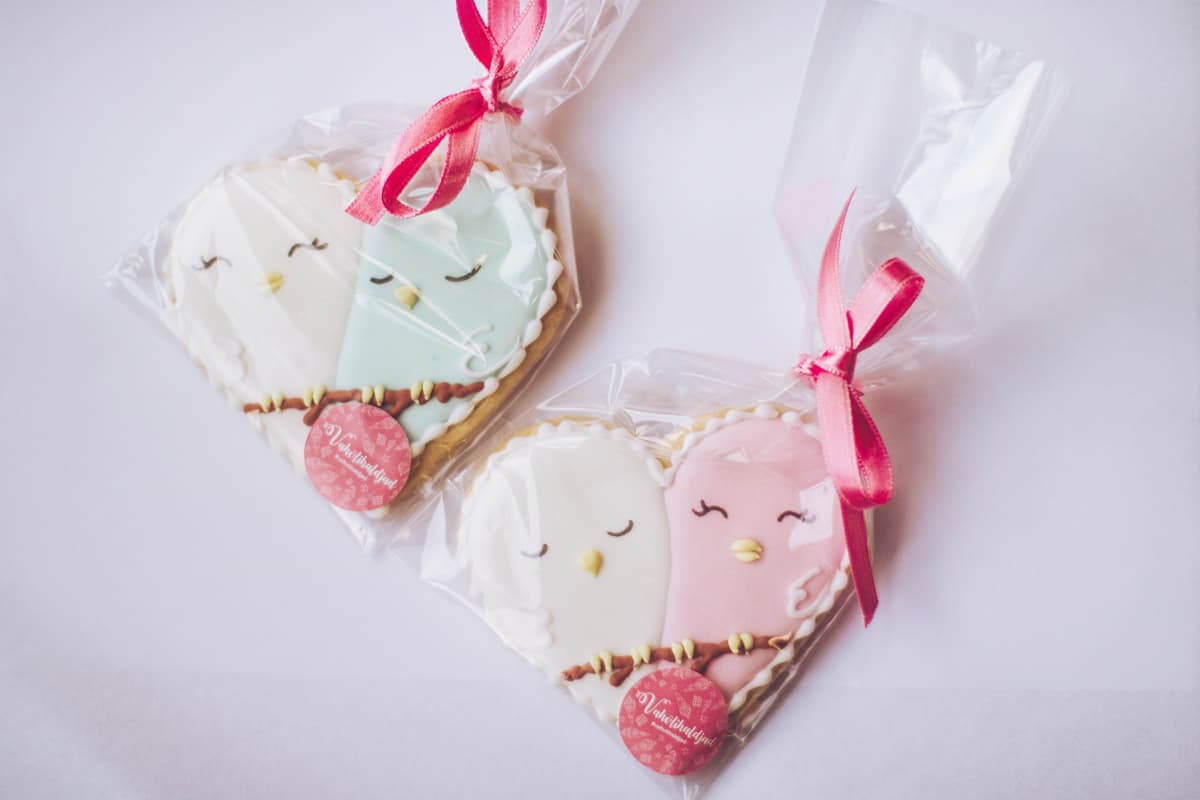
7) Packaging for Carrying Products
Single-Use Plastic Bags
are sold in stores so customers can carry the items they bought to their homes.
Paper Bags
are a more eco-friendly option for carrying items from the store.
Reusable Grocery Bags
The most eco-friendly option. They are mostly sturdier than single-use bags, washable, and can have fun designs or be branded.
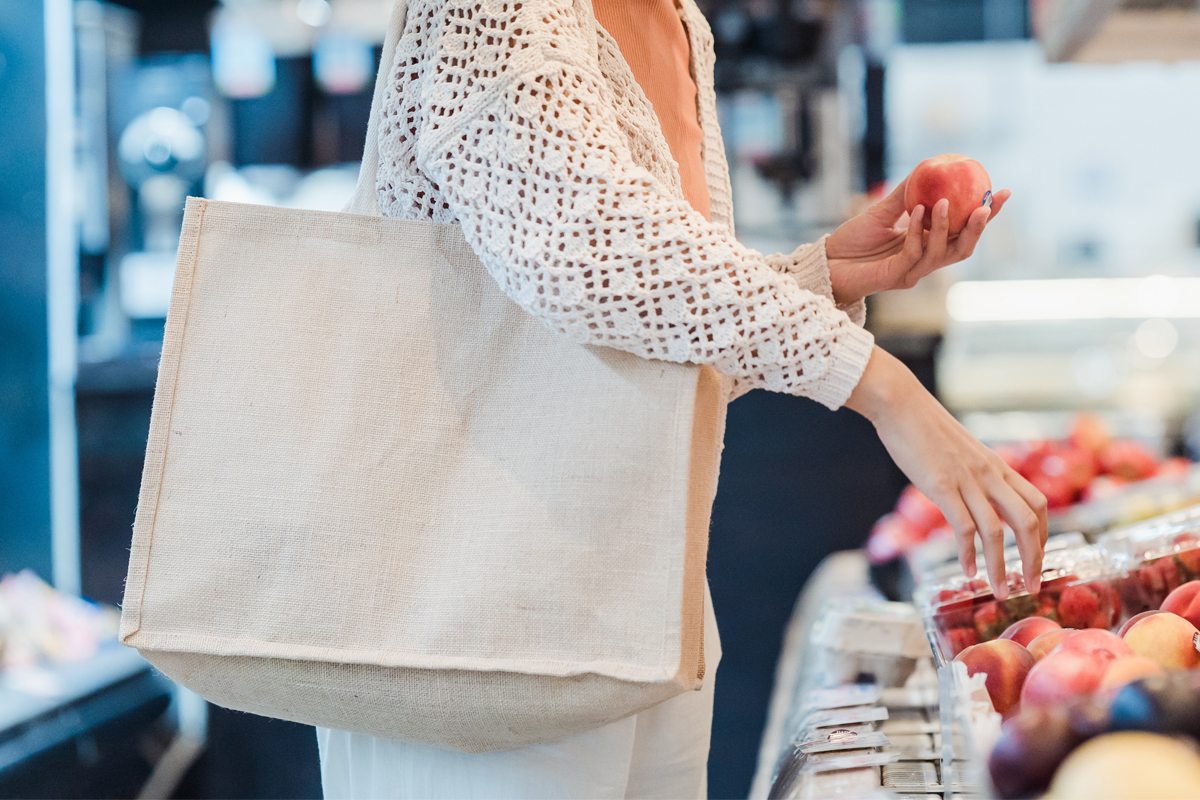
8) Shipping Packaging
Shipping Boxes
are usually sturdier than retail boxes. They are made of corrugated cardboard to protect products during the shipping process.
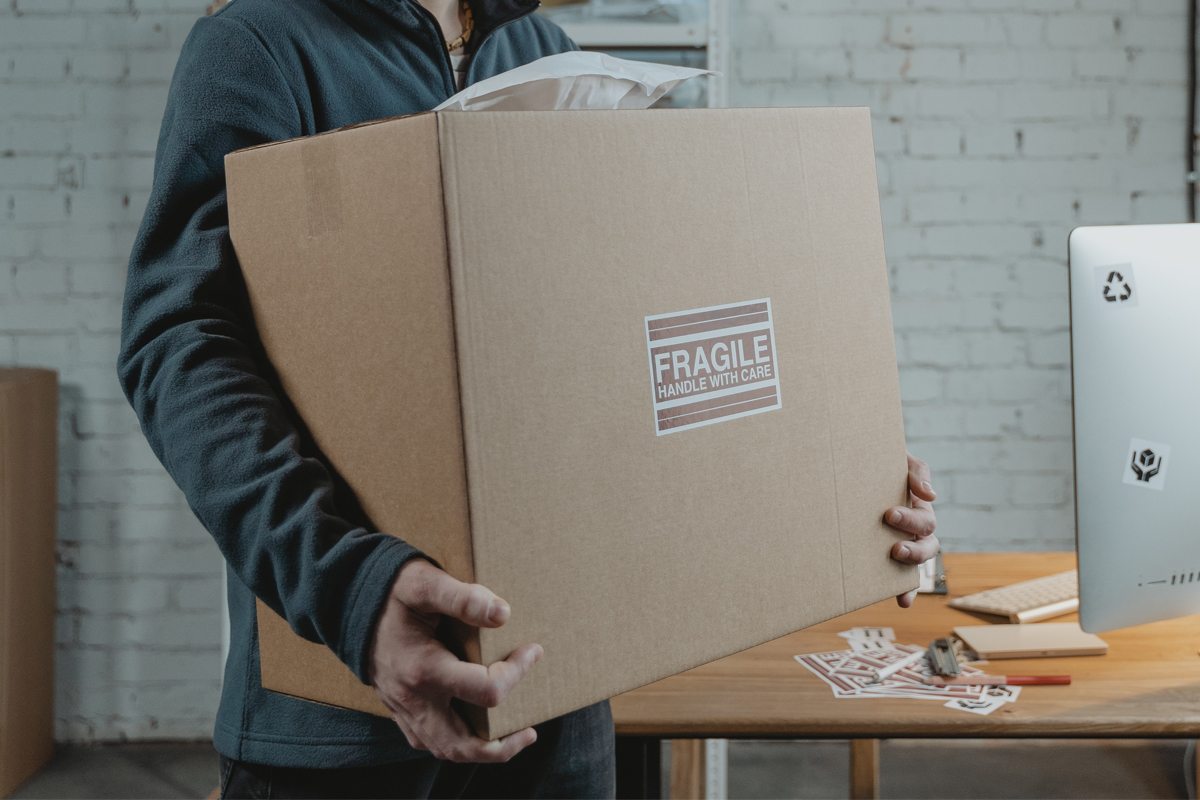
Padded Envelopes
are used for shipping smaller items. They have bubble wrap inside, so the product is safely tucked.
9) Transport Packaging Solutions
Pallets and Shrink Wrap
are the most widely used packaging solutions for transporting products from production facilities to sales points. They are also used for large items that can't fit in boxes.
Different Cardboard and Foam Packaging Solutions
are used when extra protection is needed. If you need to transport sensitive equipment, you don't want to risk damage on the road.
10) Additional Packaging Options
Many packaging items do not contain the product but act as a support to the main packaging. These are labels, hang tags, packaging tapes, void fillers, cardboard packaging inserts... They can be used as a beautifying element, information holders, or as extra protection.
We hope this article has helped you understand how complex the topic of packaging solutions can be. Although we have covered many types of packaging products in it, this is by no means the definitive list. It would be very difficult to list everything that already exists on the market. And with the advancement in technology there are always new packaging solutions available. If you are unsure what packaging would work best for your product, do not hesitate to ask us.
